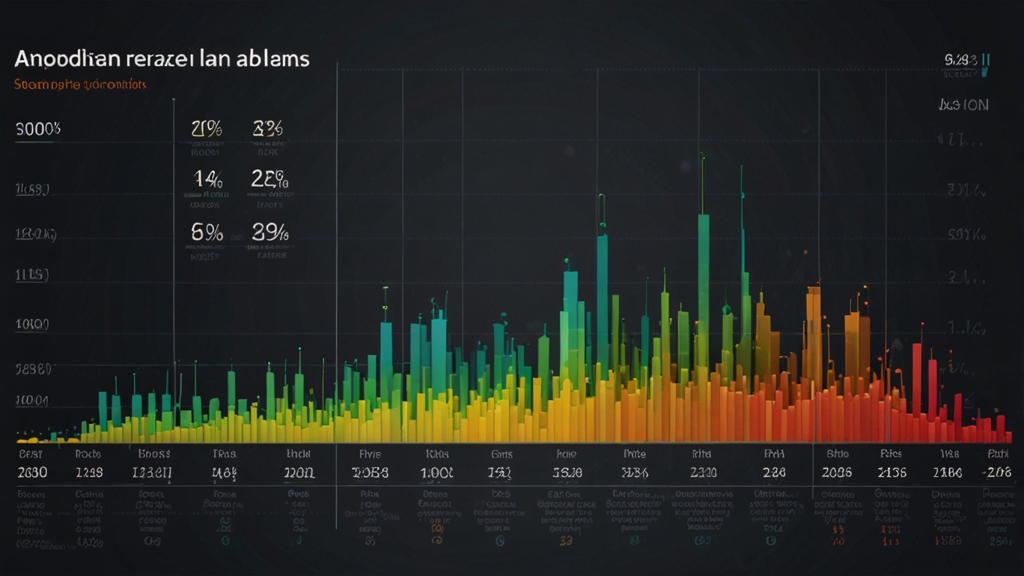5 Cybersecurity Tools Every Business Should Invest In
In an era where cyber threats are increasingly sophisticated and prevalent, businesses of all sizes must prioritize cybersecurity. Investing in the right tools can not only protect sensitive data but also ensure operational continuity and build trust with customers. Here are five essential cybersecurity tools every business should consider:
1. Firewall
A firewall is one of the most fundamental cybersecurity tools. It acts as a barrier between your internal network and external threats, monitoring incoming and outgoing traffic based on predetermined security rules. A robust firewall can filter out harmful data packets and prevent unauthorized access to your network, thereby thwarting potential cyber attacks.
"A solid firewall is the first line of defense in your cybersecurity strategy. It's akin to locking the doors of your business to keep intruders out." - Jane Doe, Cybersecurity Expert.
2. Antivirus Software
Antivirus software is essential for detecting and removing malicious software that can infiltrate your systems. This includes viruses, worms, trojans, and ransomware. Modern antivirus solutions not only scan for known threats but also use heuristic analysis to identify suspicious behavior, providing an additional layer of protection.
"With the rapid evolution of malware, having a reliable antivirus solution is non-negotiable. It's a crucial tool to safeguard your digital assets." - John Smith, IT Consultant.
3. Intrusion Detection System (IDS)
An Intrusion Detection System (IDS) monitors network traffic for signs of malicious activity or policy violations. It can alert system administrators to potential threats, allowing for a rapid response. There are two main types of IDS: Network Intrusion Detection Systems (NIDS) and Host-Based Intrusion Detection Systems (HIDS). Both are vital for a comprehensive security posture.
Investing in an IDS helps in early detection of intrusions, thereby minimizing potential damage. By analyzing network traffic and system behavior, an IDS can identify threats that traditional security measures might miss.
4. Security Information and Event Management (SIEM)
Security Information and Event Management (SIEM) systems are advanced tools that collect and analyze data from various sources within a network. They provide real-time analysis of security alerts generated by applications and network hardware. SIEM solutions can help in identifying patterns and trends, which is critical for proactive threat management.
By correlating data from different sources, a SIEM system offers comprehensive visibility into your network's security status. This holistic approach is invaluable for quick threat detection and response.
5. Multi-Factor Authentication (MFA)
Multi-Factor Authentication (MFA) adds an extra layer of security by requiring users to provide two or more verification factors to gain access to resources. This can include something they know (a password), something they have (a mobile device), or something they are (biometric verification).
MFA significantly reduces the risk of unauthorized access, even if passwords are compromised. Implementing MFA across your organization can protect sensitive data and add a critical barrier against cyber threats.
Conclusion
Given the increasing complexity of cyber threats, businesses must invest in robust cybersecurity tools. A well-rounded cybersecurity strategy should include a firewall, antivirus software, an Intrusion Detection System, a Security Information and Event Management system, and Multi-Factor Authentication. These tools not only protect against data breaches and cyber attacks but also ensure that your business operations remain uninterrupted, fostering trust and reliability among your customers.










